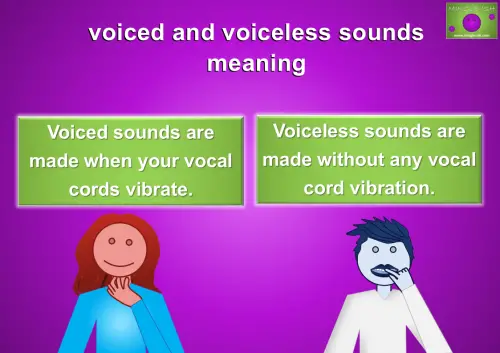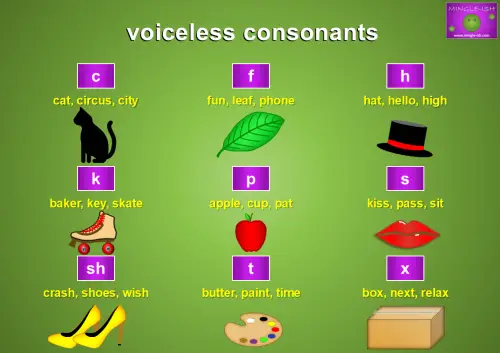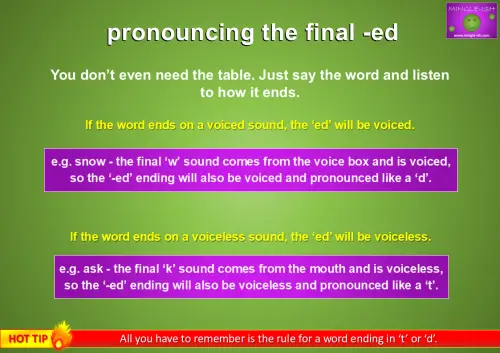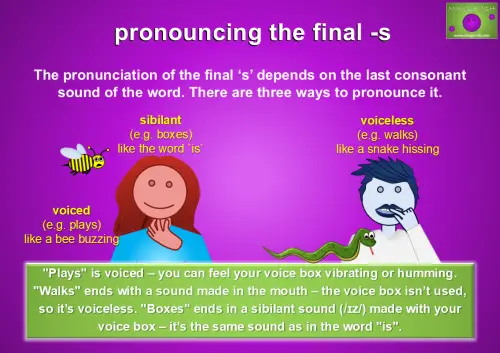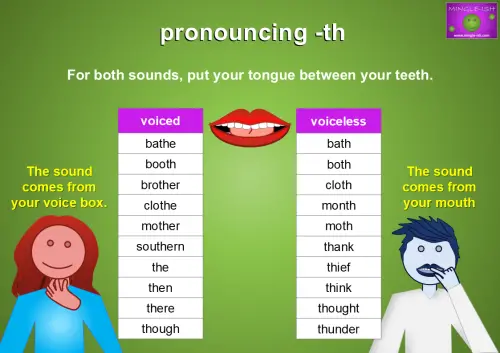Contents
- voiced and voiceless sounds
- what are voiced and voiceless sounds?
- Voiced Sounds in English (List and Examples)
- Voiceless Sounds in English (List and Examples)
- Voiced and Voiceless -ed Endings in English
- Voiced and Voiceless -s Endings in English
- Voiced and Voiceless –th Sounds in English
- Voiced vs Voiceless: How to Tell the Difference
- Why Voiced and Voiceless Sounds Matter
- Learn More About English Pronunciation
